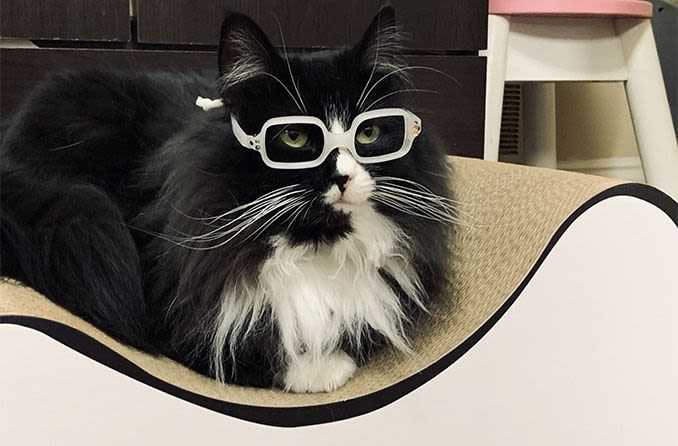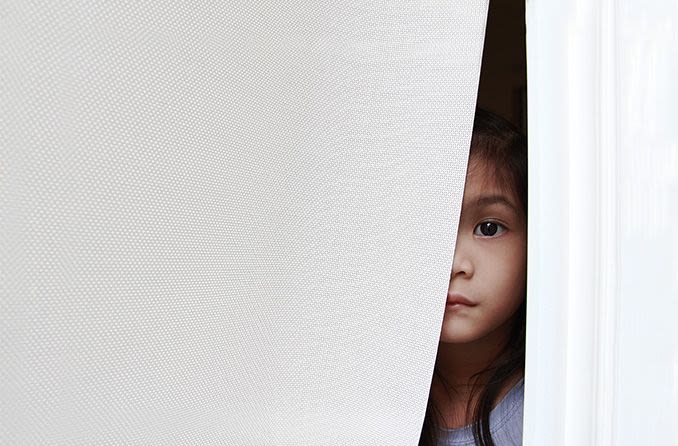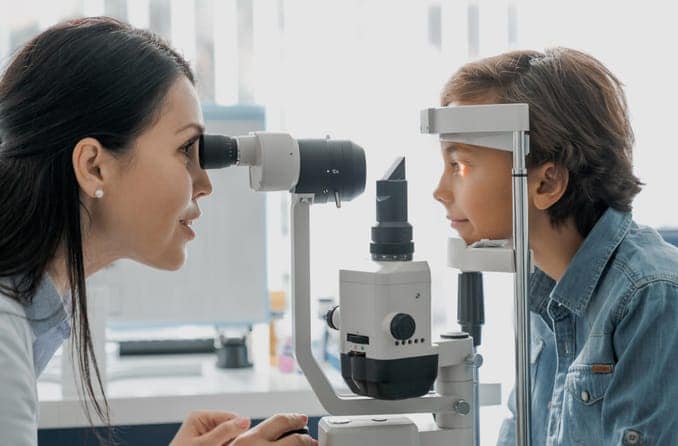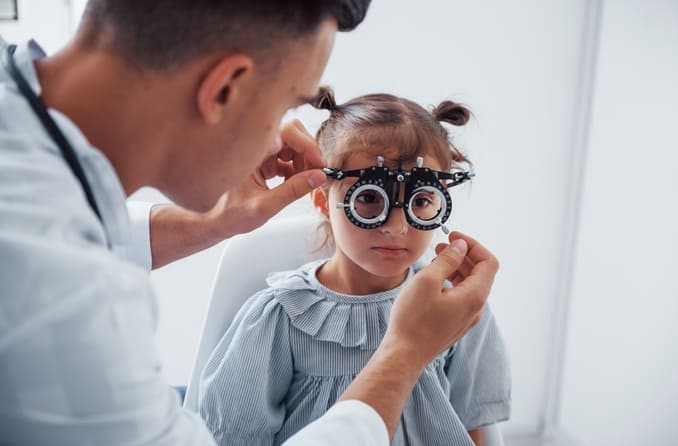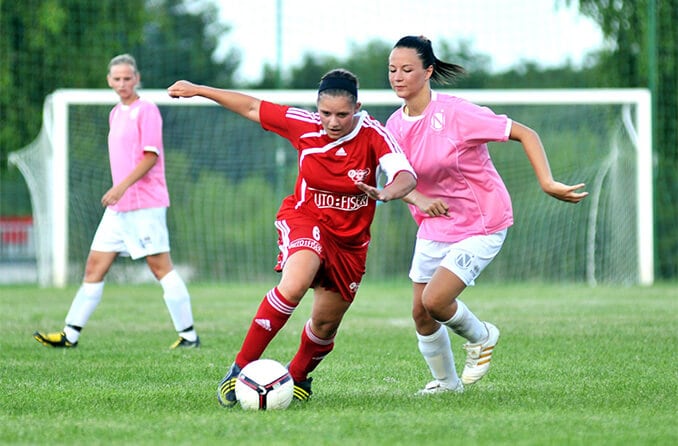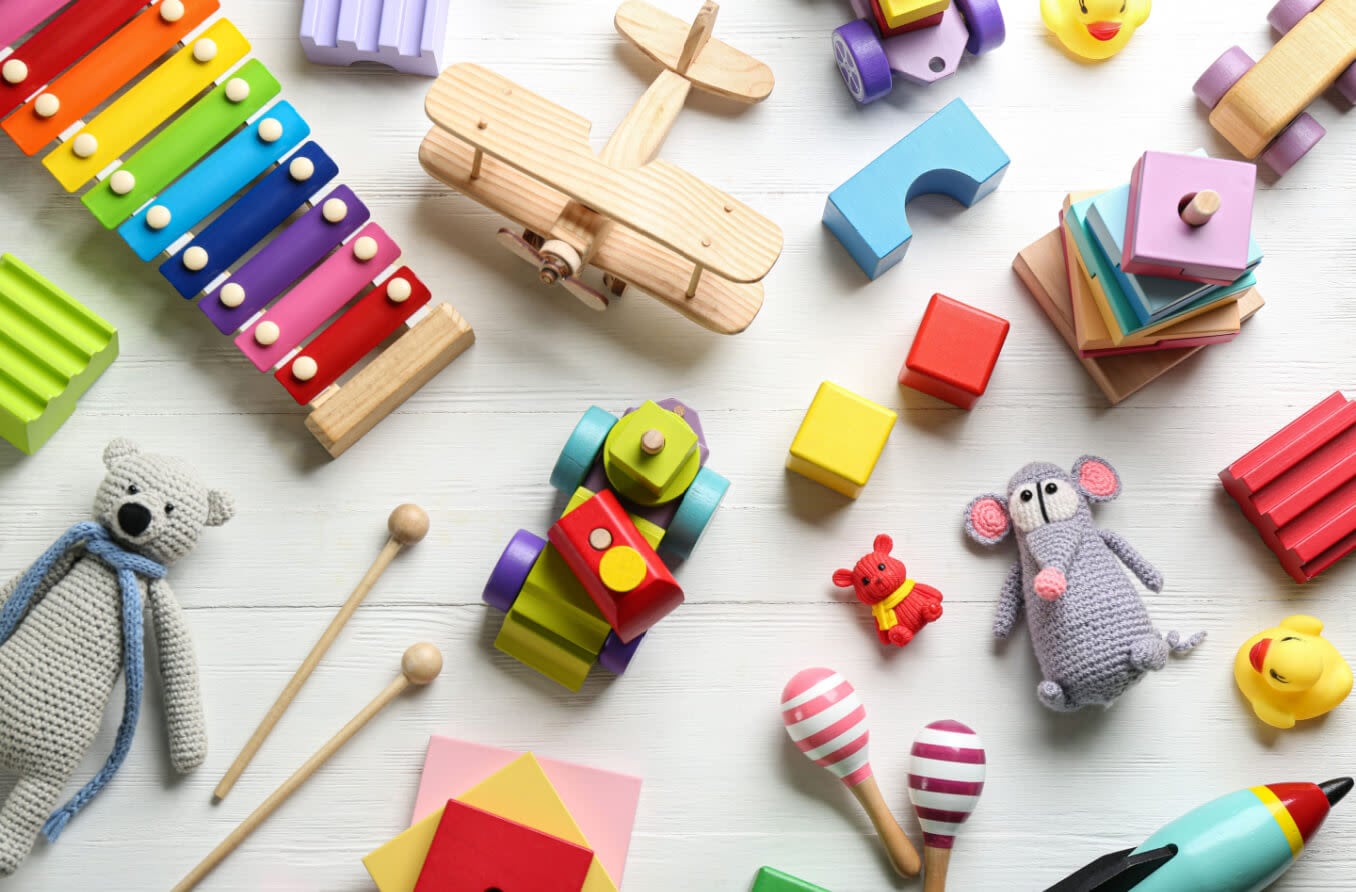If your child is struggling to read, inching ever closer to the TV or complaining of headaches, you son or daughter likely is having vision issues.
Your first step should be to schedule an eye exam for your child to find out what's causing the vision issue and how best to treat it.
But is there anything you can do to improve your child's vision or to keep your child seeing clearly from toddler to college years?
6 ways to improve your child's vision
1. Avoid eye injuries
Eye injuries are common among children, but you can prevent many of them.
Don't let your youngster play with dangerous toys, and keep cabinets locked to prevent your little one from getting cleansers or pesticides in their eyes or mouths.
If your child plays contact sports such as basketball, soccer and football, wearing protective eyewear is as important as putting on the team uniform. If your child is on the swim or lacrosse teams, goggles and face masks can safeguard their eyes.
When your child heads out for fun in the sun, make sure your son or daughter is wearing sunglasses. The sun's damaging ultraviolet (UV) rays have a cumulative effect, so too much sun as a child could lead to cataracts and macular degeneration in later years.
2. Reduce eye infections
Even the smallest irritations in eyes can affect vision. Teach your child not to touch his or her eyes to avoid spreading bacteria from their fingers to their eyes.
When your teen is mowing the lawn, suggest that he or she wear sunglasses or safety goggles to keep grass and dust from getting in their eyes.
If your child wears contact lenses, remind your son or daughter to clean or change them only as instructed and to use the appropriate lens cleaning solution. Proper lens care greatly reduces the risk of eye infections.
3. Eat healthy and get exercise
Some foods can improve your child's eye health. Look for fruits, vegetables and fish rich in vitamins A, C and E, omega-3 fatty acids, and zinc. In addition to maintaining a healthy diet, your child should also exercise routinely. Exercise keeps the blood and oxygen flowing throughout the body, which makes it a crucial factor for good eye health. It is especially important to encourage your child to get some fresh air outdoors. Researchers have found that getting about two hours of sunlight a day can help reduce the progression of nearsightedness in children.
4. Play some games
Your child's eyesight can benefit from all sorts of activities, including hand-and-eye coordination games as an infant and putting a puzzle together with you in your later years.
The American Optometric Association (AOA) recommends the following vision improving activities for different age groups:
- 0-5 months: peekaboo and patty-cake
- 6-8 months: reading to your child and playing hide-and-seek with toys
- 9-12 months: reading to your child and rolling a ball back and forth
- 1 year: throwing a ball to your child and reading to him or her
- 2 years old: reading to your child, catch and other outdoor play
- 3-6 years: climbing, running and using playground equipment
- 7 years and older: cycling and other active sports
5. Limit screen time
Playing video games, watching YouTube videos and constantly texting friends can lead to digital eye strain. Digital eye strain can cause headaches, blurred vision, dry eyes and other discomfort. To reduce digital eye strain, set a limit on your child’s screen time with computers, tablets and other digital devices. Computer glasses are another option to help improve your child's visual comfort while viewing screens. These glasses often include lenses that make it easier to focus on the screen and also filter some of the blue light emitted by digital devices.
6. Get routine eye exams
If your child complains of frequent headaches, blurry vision or squints to see objects, he or she could be experiencing symptoms of some common eye conditions, such as myopia (nearsightedness), hyperopia (farsightedness) and amblyopia (lazy eye).
See your family eye doctor, as these eye conditions are usually easily treated with a pair of glasses or contact lenses.
WHEN WERE YOUR CHILD'S EYES CHECKED LAST? Find an eye doctor near you and schedule a comprehensive eye exam.


